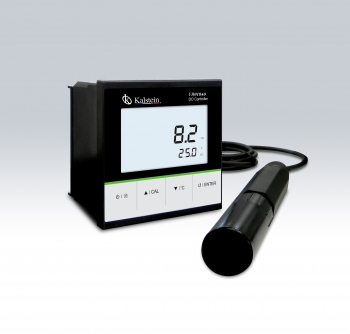The scientific and technical world relies heavily on the accuracy of pH measurement to obtain reliable results in various areas such as research, medicine, industrial production, aquaculture, agriculture, among others. Hence the vital importance of proper calibration and maintenance of pH meters to ensure their accuracy. This article will focus on how to effectively perform these tasks.
Understanding the Importance of Calibration
Calibration of a pH meter is not simply a routine task, but a critical step in the effectiveness of the equipment. This operation ensures that the meter’s output correctly aligns with established standards, thus reducing margins of error. To this end, it is vital to use pH buffer solutions of known and accurate values to contrast and adjust the response of the meter.
On the other hand, the calibration process must dance to the beat of periodicity. pH meters must be calibrated before each use due to the nature of their design. The glass probe used to measure pH is delicate and susceptible to environmental changes, causing its sensitivity to drift over time and between uses.
Steps to Properly Calibrate a pH Meter
The first step in calibrating a pH meter is to clean and condition the probe. This should be done with distilled water to avoid contamination. After cleaning, the probe is subjected to a pH buffer solution for calibration.
Second, use a pH 7 buffer solution to start the process. After dipping the probe into the solution and waiting for the reading to stabilize, the meter is adjusted until it reads 7. If the meter has an automatic calibration function, it will recognize the solution and adjust the reading accordingly.
The third step involves using a buffer solution of pH 4 or 10, depending on whether you expect to work in an acidic or basic pH range respectively. Repeat the process, adjusting the meter to match the buffer solution.
Keeping Your pH Meter Accurate
Maintenance is a critical part of the life cycle of pH meters. First, it is important to clean the probe with distilled water after each use and rinse it with the manufacturer’s suggested storage solution before storing.
In addition, regularly inspect the glass electrode for cracks, and check the reference probe for possible clogging. Also, avoid using your meter in extreme temperatures, which can affect the sensitivity of the electrode.
Finally, always store your pH meter properly. The electrode tip should always be kept moist, so never store them dry. For longer electrode life, it is suggested to store in pH probe storage solution and never in distilled water.
What we have for you at Kalstein
To obtain the most accurate and reliable pH measurements, it is crucial to understand and correctly perform the calibration and maintenance processes of your pH meter. Ensuring that your equipment is in top condition will not only provide you with more accurate results, but will also extend the life of your meter, making it a valuable long-term investment.
If you wish to purchase any of the different YR models of pH meters or service advisories we can offer you through our online channels and at the best PRICE in the market, also if you want to know the catalog of high-end products that KALSTEIN has for you visit us HERE we assure you that through our online purchasing channels that are very easy and viable from anywhere in the world, reminding you that we are a manufacturer of laboratory equipment of high level of purchase and sale.

